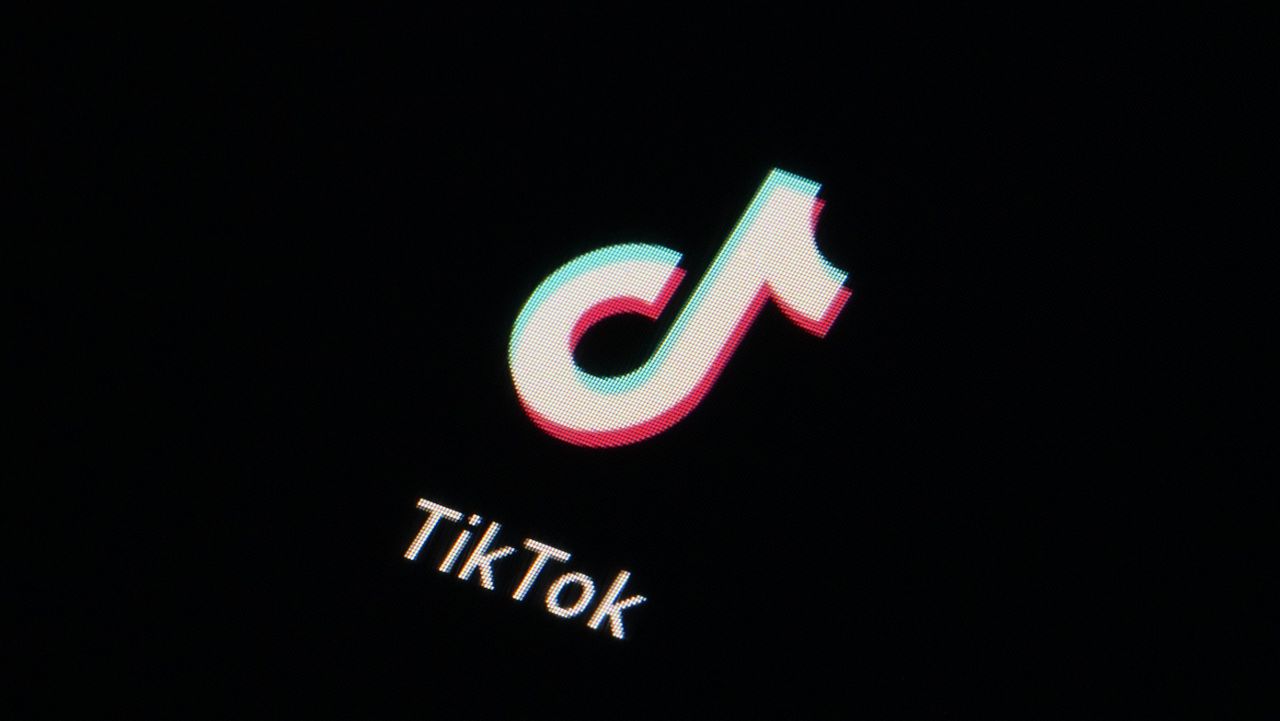TikTok announced Thursday it is starting to automatically label content generated by artificial intelligence created on certain platforms.
What You Need To Know
- TikTok announced Thursday it is starting to automatically label content generated by artificial intelligence created on certain platforms
- The video-sharing platform has partnered with the Coalition for Content Provenance and Authenticity, whose Content Credentials technology attaches metadata to AI content
- The metadata can be immediately recognized on TikTok, triggering the label
- The first video-sharing platform using Content Credentials, TikTok acknowledged AI labeling could be gradual at first and pick up as more platforms join
Generative artificial intelligence allows users to create realistic video, pictures and audio, leading to concerns it can be abused to spread disinformation.
In September, TikTok announced it had created a new tool that allowed users to voluntarily tag AI-generated content and had begun testing ways to automatically label items. The company’s policy requires people to disclose when AI was used to create realistic content.
For automatic labeling, the video-sharing platform has partnered with the Coalition for Content Provenance and Authenticity, whose members include Microsoft and OpenAI. The coalition’s Content Credentials technology attaches metadata to AI content, which can be immediately recognized on TikTok, triggering the label.
“We want to make sure that people have that ability to understand what is fact and what is fiction,” Adam Presser, TikTok’s head of operations, told ABC News’ “Good Morning America” on Thursday.
The automatic labeling began Thursday on images and videos and will be expanded soon to audio-only content, TikTok said.
TikTok is also joining the Adobe-led Content Authenticity Initiative, a group of hundreds of organizations, including tech and media companies, working to combat misinformation.
“At a time when any digital content can be altered, it is essential to provide ways for the public to discern what is true,” Adobe General Counsel and Chief Trust Officer Dana Rao said in a statement. “Today’s announcement is a critical step towards achieving that outcome.”
The first video-sharing platform using Content Credentials, TikTok acknowledged AI labeling could be gradual at first and pick up as more platforms join.
The company also announced it is launching a campaign to better educate people about AI labeling and potentially misleading AI-generated content.
TikTok joins a movement toward greater transparency around AI content.
In February, Meta, the parent company of Facebook, Instagram and Threads, announced it was adding labels to AI-generated images. Last month, it said it made changes to include a broader range of photos, video and audio.
In March, YouTube announced it now requires users to indicate whether realistic videos they upload are made with altered or synthetic media, including AI.
In a wide-ranging executive order he signed in October focused on artificial intelligence, President Joe Biden called for the Commerce Department to develop guidance for content authentication and watermarking on AI content.



